
Sustainability Efforts
Country: Central African Republic (CAR)
Explore sustainability efforts in the Central African Republic (CAR). The United States Environmental Protection Agency (“EPA”) said it well when they state:
“Sustainability is based on a simple principle: Everything that we need for our survival and well-being depends, either directly or indirectly, on our natural environment. To pursue sustainability is to create and maintain the conditions under which humans and nature can exist in productive harmony to support present and future generations.”
About the Central African Republic (CAR)
The Central African Republic (CAR) is a landlocked country located in the heart of Africa. It is bordered by Chad to the north, Sudan to the northeast, South Sudan to the east, the Democratic Republic of the Congo and the Republic of the Congo to the south, and Cameroon to the west. The country has a population of approximately 4.7 million people. It has a diverse ethnic makeup, an agrarian economy, and is rich in natural resources. Efforts are underway to promote peace and development, but the country still faces numerous obstacles on its path to stability and prosperity. Sustainability efforts in Mozambique will enhance the country’s future. Sustainability efforts in the Central African Republic (CAR)will enhance the country’s future.
Sustainability Efforts
Toggle each button below to “open” and “close” the presented data.

According to the World Bank's estimates for 2020, the poverty rate in CAR was around 71.3%. The CAR government has developed the Poverty Reduction Strategy Paper (PRSP) to reduce poverty, promote economic growth, improve governance, and enhance social services. International organizations such as the United Nations have also provided assistance to the Central African Republic, alleviating the struggling nation’s poverty.

Sadly, the Food and Agriculture Organization (FAO) found that around 48.8% of the population in CAR suffers from chronic undernourishment. This means that nearly half of the population doesn’t have sufficient access to nutritious food to meet their daily energy requirements. International organizations such as the United Nations have also provided assistance to the Central African Republic, alleviating the struggling nation’s hunger.

The country has a fragile healthcare system that has been greatly impacted by years of political instability, armed conflict, and economic challenges. The Central African Republic has strengthened healthcare infrastructure through international funding. Also, initiatives have been implemented to improve the availability and affordability of medicines, including the establishment of centralized procurement and distribution systems, as well as partnerships with international organizations and pharmaceutical companies to provide essential drugs at reduced prices.
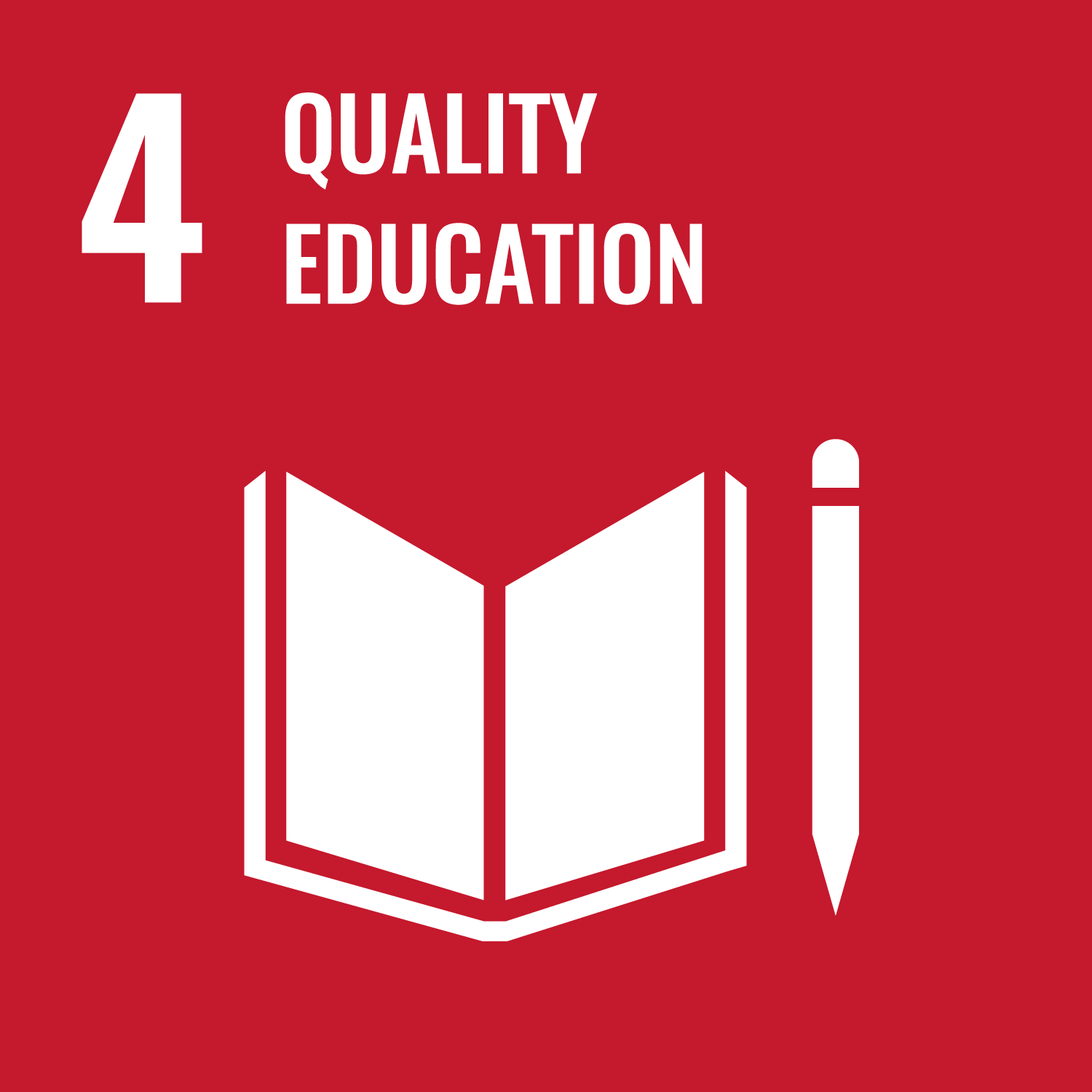
Education in the Central African Republic is a significant challenge due to various factors. According to UNICEF, in 2019, around 50% of primary school-age children were out of school. The nation’s government has recently strengthened its education infrastructure with donations. Programs have been implemented to train and support teachers in CAR. This includes pre-service and in-service training to enhance their pedagogical skills, subject knowledge, and classroom management.

CAR has made efforts to promote gender equality through legal frameworks. However, cultural gender disparities in education, employment, and home life still exist.

As of 2019, it was estimated that about 71% of the population had access to basic water services. The same UNICEF report indicated that only around 28% of the population had access to improved sanitation facilities.
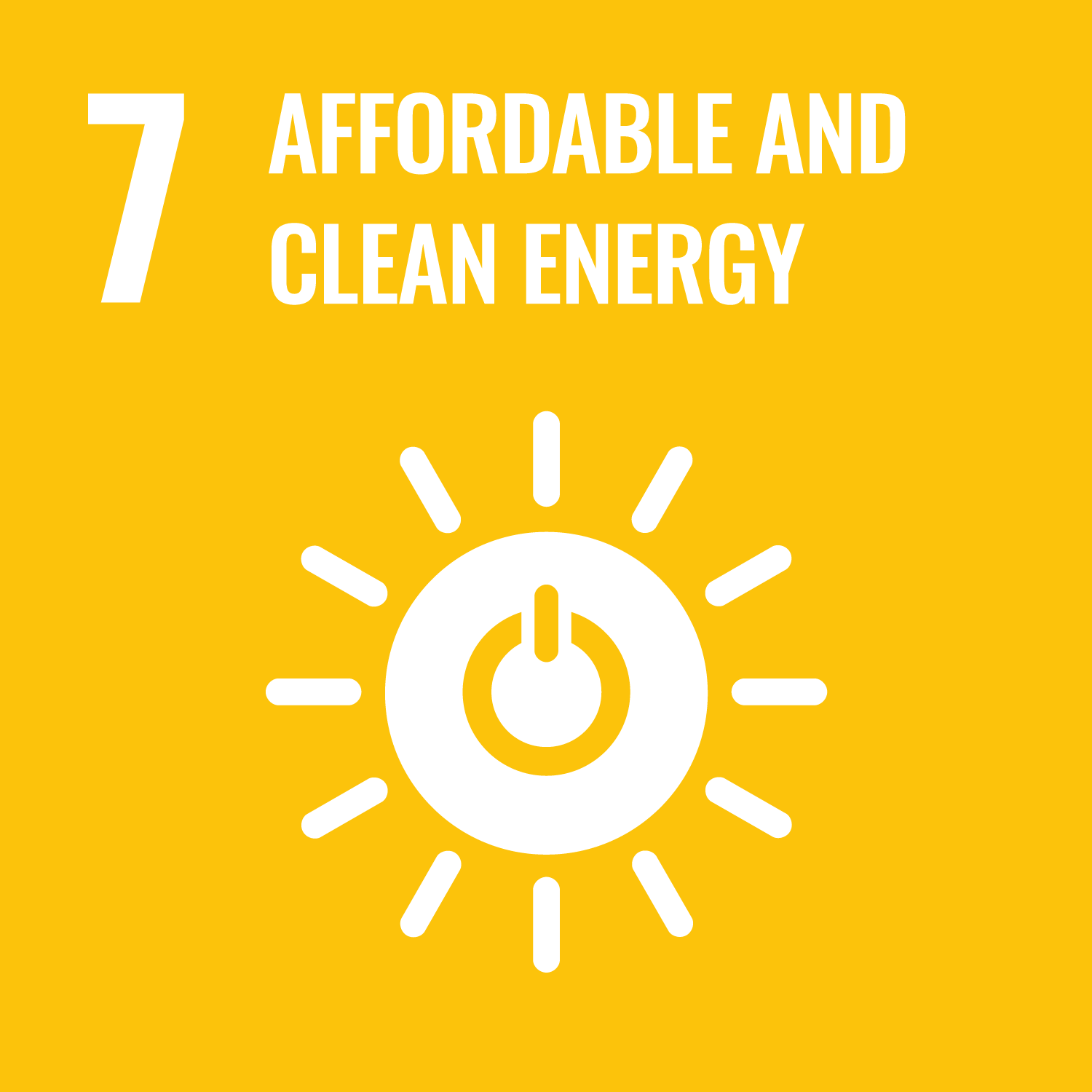
According to the World Bank, as of 2020, the electricity access rate in CAR was also low, with only about 9% of the population having access to electricity. Efforts have been made to improve access to clean cooking technologies, as the majority of the population in CAR relies on traditional biomass fuels for cooking. Initiatives include the distribution of clean cookstoves, promoting the use of efficient biomass cookstoves, and raising awareness about the health and environmental benefits of clean cooking alternatives.
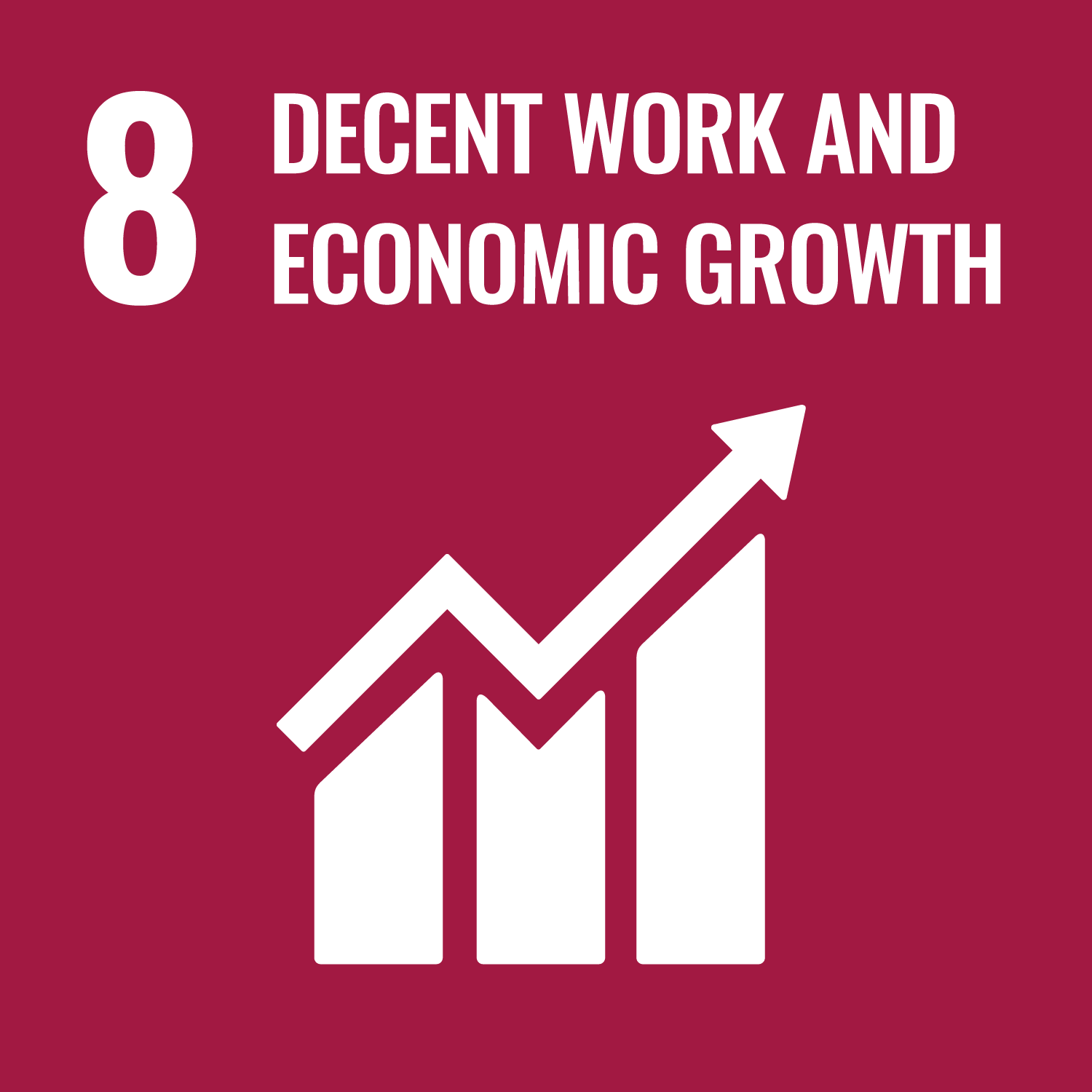
CAR's economy has traditionally relied heavily on agriculture, particularly subsistence farming, which may not provide sufficient decent work opportunities. In CAR, national efforts to strengthen the industrial sector may focus on sectors such as agriculture and agro-processing, mining, manufacturing, and tourism.
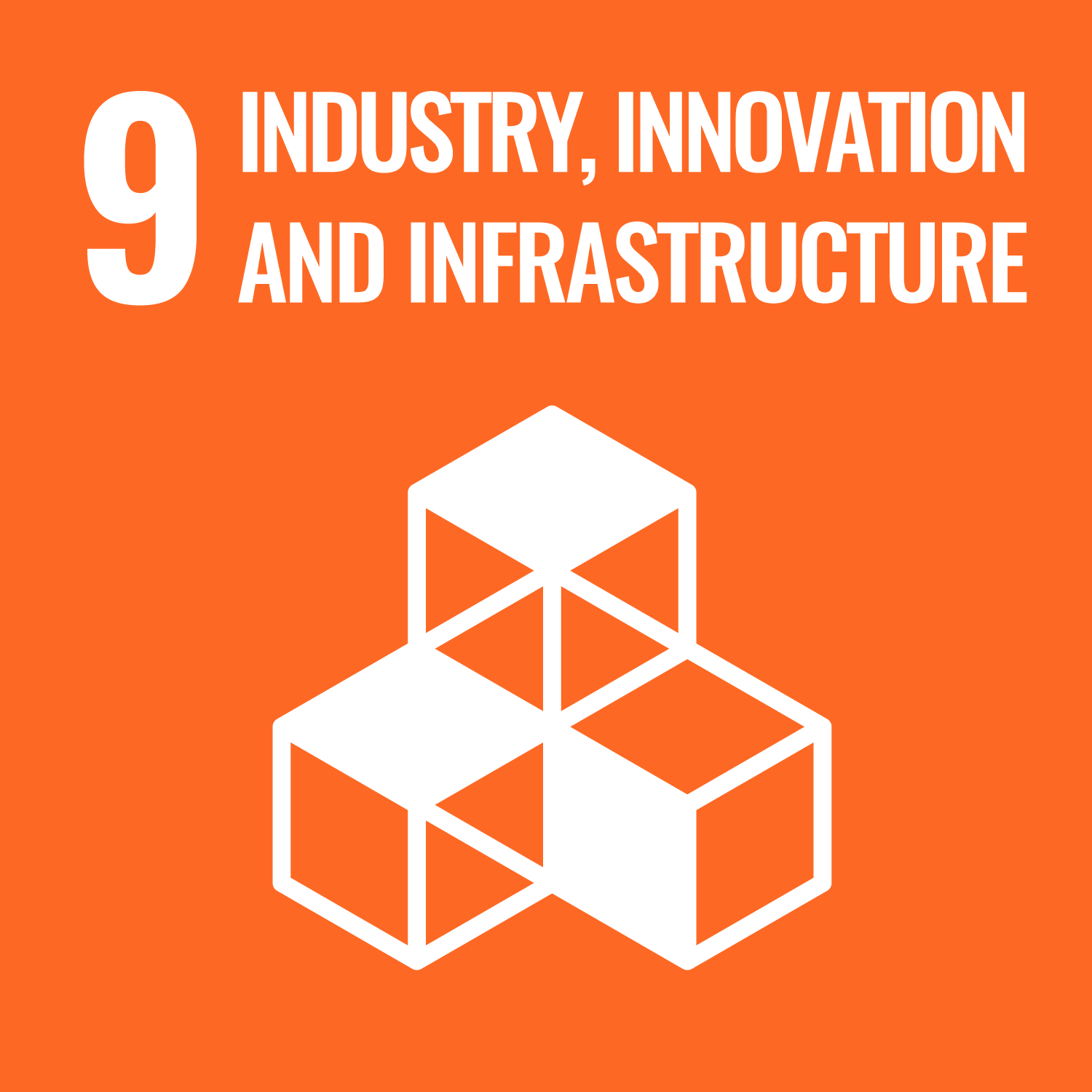
The country is also supporting research and development activities, promoting collaboration between academia, industry, and government, and creating an enabling environment for entrepreneurship and startups. Currently, there is very little infrastructure in the Central African Republic.

The Central African Republic (CAR) faces several inequalities that contribute to social, economic, and political disparities within the country. Religious, educational, systemic, infrastructural, gender, economic, and judicial inequalities persist in the Central African Republic. Social protection initiatives have been implemented to mitigate the impact of inequalities and provide support to vulnerable groups.

In 2015, the United Nations Development Programme (UNDP) launched the Sustainable Development Goals (SDGs) to address global challenges, including sustainable cities and communities.

Limited access to resources and technology hampers efforts to implement sustainable production and consumption practices in the Central African Republic. Promoting sustainable agricultural practices and responsible forestry management is crucial for long-term environmental stability.

The Central African Republic has committed to implementing sustainable practices into national development plans. The Central African Republic has taken several climate actions to address the challenges of climate change. One action CAR has taken is the National Adaptation Program of Action (NAPA). NAPA identified and prioritized adaptation measures to address the country's most urgent climate change challenges. Also, efforts have been made to promote renewable energy sources such as solar, wind, and hydroelectric power.

The Central African Republic is known for its abundant rivers, but it has relatively few large lakes. One of the notable lakes in CAR is Lake Chad, although the majority of its area is shared with neighboring countries such as Chad, Niger, and Nigeria. Lake Chad is the largest lake in the region and has experienced significant shrinkage over the years due to climate change and human activities. Another significant lake in CAR is Lake Bossembélé, located in the western part of the country. Lake Bossembélé is a freshwater lake and is known for its biodiversity, supporting various fish species and serving as a vital water source for the surrounding communities. Additionally, there are several smaller lakes and water bodies scattered across the Central African Republic.
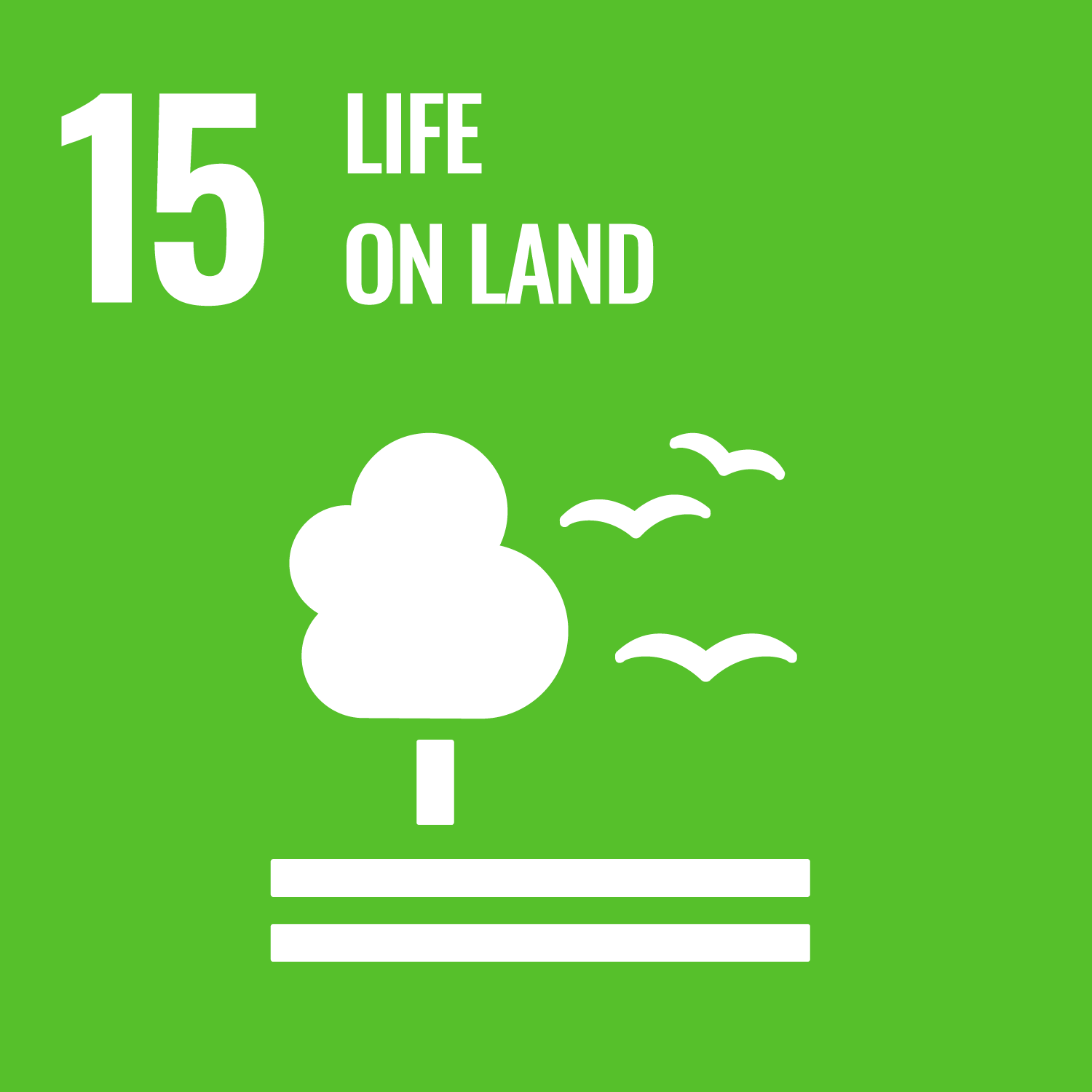
The CAR holds diverse ecosystems and an abundance of natural resources. The country is located in the heart of the African continent and is characterized by vast forests, savannas, wetlands, and rivers, which all support a wide range of plant and animal species.

The Central African Republic has a rough history of violence and corruption throughout the nation. In the 2020 Corruption Perception Index, the Central African Republic scored 22/100, indicating a high level of perceived corruption. In 2021, the Central African Republic ranked as the 5th most fragile state out of 179 countries, indicating significant challenges in governance and corruption.

There are several organizations involved in providing assistance and support to the Central African Republic. These groups include the United Nations, Non-Governmental Organizations, European Union, African Union, Regional Economic Communities, and Donor Countries.



